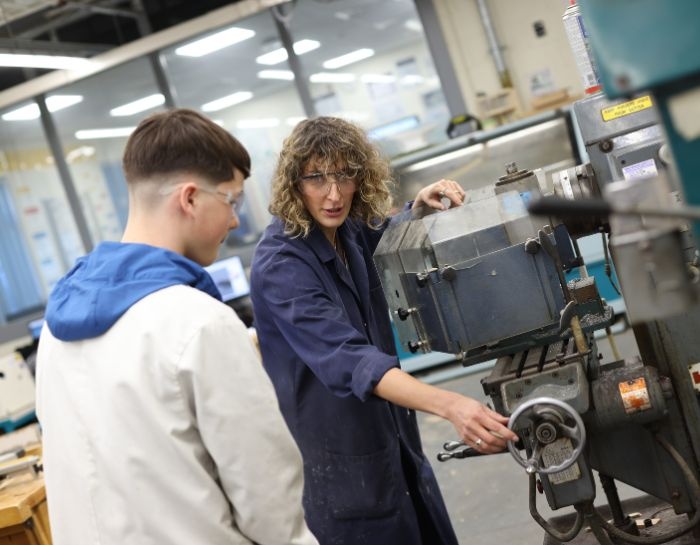
Did You Know?
Sir Johnathan Ive (Former Chief Design Officer at Apple Inc.) studied A-level Design and Technology before studying industrial design at Newcastle Polytechnic (University of Northumbria at Newcastle)
Key Information
Qualification
A-Level
Duration
Two Year Course
Examination Board
AQA
"Product Design is not only a fun subject but also a useful subject. I find the CAD and practical skills that you learn on the course very useful." - Jakub Figura, The Farnley Academy
| Key Employability Skills | ||
| Creativity | Technological Use | Effective Communication |
Qualification
A-level
Assessment
50% Exam, 50% Coursework
Paper 1: Technical Principles (30%)
A 2.5 hour exam comprised of short and extended response questions focussed on the use materials and manufacturing within the design process. This is the content studied within the first year of the course.
Paper 2: Design and Making Principles (20%)
A 1.5 hour exam comprised of short and extended response questions, the paper is split into two sections, with section 1 covering product analysis and section 2 focussed on commercial manufacture within the design industry. The content for this exam is covered throughout the two-year course
NEA: (50%)
Students must undertake a substantial design and make task and produce a final prototype based on a context and design brief developed by the student. Students must produce a final prototype based on the design brief they have developed, along with a written or digital design folder or portfolio.
What do I need to study this course?
You will need five GCSEs at grade 4, which should include GCSE English Language, GCSE Maths and a GCSE in either Art or Design (if studied). If you did not have the opportunity to study Art or Design at GCSE, you must complete a design task set by the department.
What will I study?
You will investigate historical, social, cultural, environmental and economic influences on design and technology. Developing computer and physical modelling skills, you will use your creativity and imagination to design and make prototypes that solve real and relevant problems, considering your own and others’ needs, wants and values.
What next?
Studying product design will equip you with the practical skills, theoretical knowledge, and confidence to succeed in a number of careers, especially those in the creative industries. Past students have progressed onto a range of degree courses including:
- Product Design
- Industrial Design
- Automotive Design
- Engineering
- Architecture
- CAD Design

 Website By Rejuvenate Digital
Website By Rejuvenate Digital